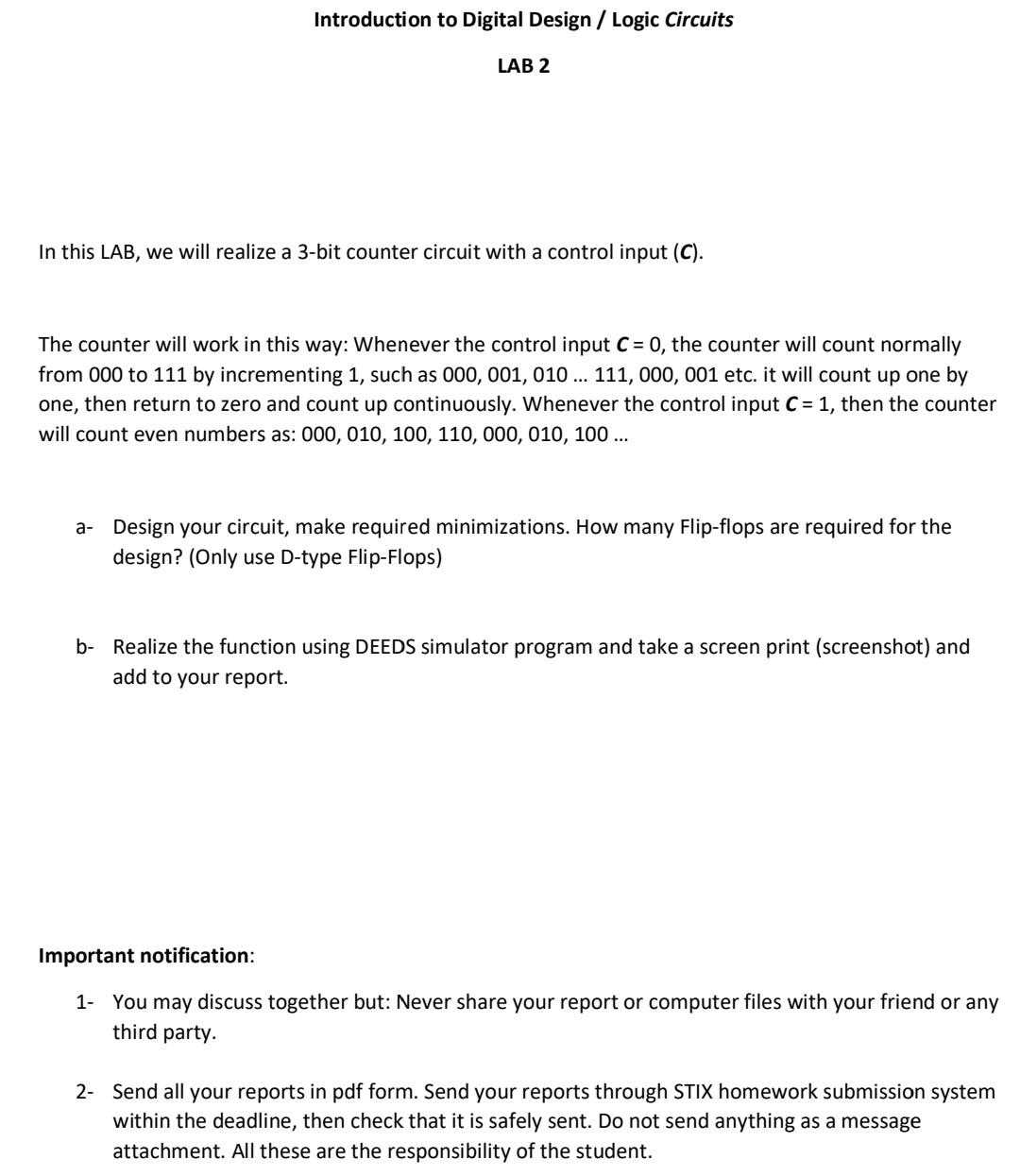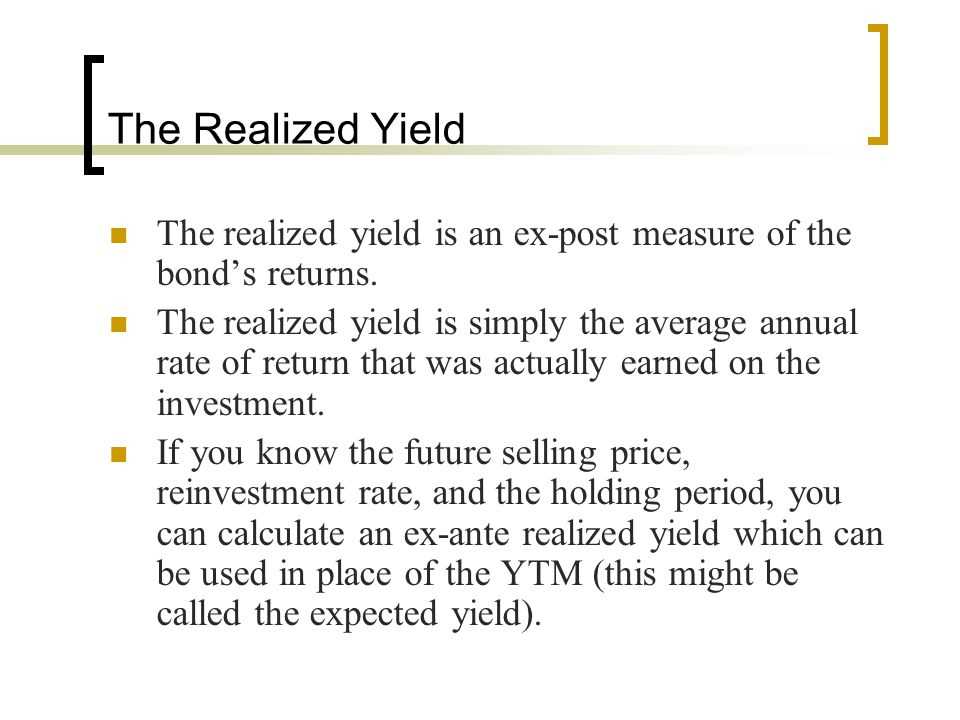What is Realized Yield?

Realized yield is a financial concept that measures the actual return earned on an investment over a specific period of time. It takes into account both the income generated by the investment, such as interest or dividends, as well as any capital gains or losses realized during the holding period.
Realized yield is often used by investors to evaluate the performance of their investments and to compare different investment options. It provides a more accurate measure of the return on investment than nominal yield, which only considers the income generated by the investment.
Calculating Realized Yield
To calculate the realized yield, you need to know the initial investment amount, the income generated by the investment, and any capital gains or losses realized. The formula for calculating realized yield is as follows:
Realized Yield = (Income + Capital Gains or Losses) / Initial Investment
For example, if you invested $10,000 in a bond that generated $500 in interest income and realized a capital gain of $1,000 when you sold it, the realized yield would be:
Realized Yield = ($500 + $1,000) / $10,000 = 15%
Importance of Realized Yield
Realized yield is important because it provides a more accurate measure of the return on investment than nominal yield. Nominal yield only considers the income generated by the investment, while realized yield takes into account both the income and any capital gains or losses realized. This is particularly important for investments that have the potential for significant capital gains or losses, such as stocks or bonds.
By calculating the realized yield, investors can better evaluate the performance of their investments and make more informed decisions about buying or selling securities. It allows them to assess whether their investment strategy is generating the desired returns and to compare different investment options based on their realized yields.
Overall, realized yield is a valuable tool for investors to measure the actual return on their investments and make informed decisions about their portfolios.
Why is Realized Yield Important?
One of the key reasons why realized yield is important is that it takes into account the actual cash flows received by the investor. This is different from the nominal yield, which only considers the coupon rate of the bond. By considering the actual cash flows, realized yield provides a more accurate measure of the return on investment.
Realized yield is particularly useful for investors who hold bonds until maturity. It allows them to assess whether the investment has met their expectations and whether they have earned a satisfactory return. If the realized yield is lower than the expected yield, it may indicate that the investment has underperformed.
Furthermore, realized yield can also be used to compare the performance of different fixed income securities. By calculating the realized yield of multiple bonds, investors can identify which ones have generated higher returns and make more informed investment decisions.
Additionally, realized yield can help investors assess the risk associated with a fixed income security. A higher realized yield may indicate that the security carries a higher level of risk, as it compensates investors for taking on additional risk. On the other hand, a lower realized yield may indicate a lower risk investment.
In summary, realized yield is important because it provides investors with an accurate measure of the return on their fixed income investments. It takes into account the actual cash flows received by the investor and allows for better comparison and evaluation of different securities. By considering the realized yield, investors can make more informed investment decisions and assess the performance and risk of their fixed income portfolio.
Different Types of Realized Yield
Realized yield is an important concept in fixed income trading and investing. It refers to the actual return that an investor receives from a bond or other fixed income security over a specific period of time. There are several different types of realized yield that investors should be familiar with.
Current Yield: Current yield is a measure of the bond’s annual return based on its current market price. It is calculated by dividing the bond’s annual interest payment by its current market price. For example, if a bond has an annual interest payment of $50 and is currently trading at $1,000, the current yield would be 5%.
Yield to Maturity: Yield to maturity is the total return that an investor can expect to receive if they hold a bond until it matures. It takes into account the bond’s current market price, its coupon rate, and the time remaining until maturity. Yield to maturity is a more comprehensive measure of a bond’s return than current yield, as it considers both the interest payments and any capital gains or losses that may occur if the bond is bought or sold before maturity.
Nominal Yield
Calculation
To calculate the nominal yield, you need to know the annual interest payment and the face value of the security. The formula for calculating the nominal yield is as follows:
Nominal Yield = (Annual Interest Payment / Face Value) * 100%
For example, if a bond has a face value of $1,000 and pays an annual interest of $50, the nominal yield would be:
Nominal Yield = ($50 / $1,000) * 100% = 5%
Significance
Limitations
While the nominal yield provides a measure of the annual interest rate, it does not consider the time value of money or the reinvestment of interest payments. It assumes that the investor holds the security until maturity and reinvests the interest payments at the same rate. This may not always be the case in reality.
Comparison with Other Yields
| Yield Measure | Calculation | Significance |
|---|---|---|
| Nominal Yield | (Annual Interest Payment / Face Value) * 100% | Indicates the annual interest rate |
| Current Yield | (Annual Interest Payment / Market Price) * 100% | Reflects the current income relative to the market price |
| Yield to Maturity | Calculates the total return if held until maturity | Takes into account the time value of money |
| Yield to Call | Calculates the total return if called before maturity | Takes into account the possibility of early redemption |
By considering these different measures of yield, investors can make more informed decisions about their fixed income investments and assess the potential risks and returns.
Current Yield
The current yield is a measure of the income generated by an investment relative to its current market price. It is calculated by dividing the annual interest or dividend payment by the current market price of the investment.
This yield is expressed as a percentage and provides investors with an idea of the return they can expect to receive from an investment in the form of regular income. It is particularly relevant for fixed-income securities such as bonds and preferred stocks.
To calculate the current yield, you need to know the annual interest or dividend payment and the current market price of the investment. For example, if a bond pays an annual interest of $50 and is currently trading at a price of $1,000, the current yield would be 5% ($50 divided by $1,000).
Yield to Maturity
The Yield to Maturity (YTM) is a financial metric used to estimate the total return an investor can expect to receive if they hold a bond until it matures. It takes into account the bond’s current market price, its face value, the coupon payments, and the time remaining until maturity.
YTM is expressed as an annual percentage rate (APR) and represents the average annual return an investor would earn if they reinvested all coupon payments at the same rate until the bond’s maturity. It is a measure of the bond’s overall yield and is commonly used to compare the attractiveness of different bonds.
Calculating the YTM can be complex, as it involves solving a mathematical equation. However, there are online calculators and financial software that can do this calculation automatically. The formula takes into account the bond’s price, coupon rate, time to maturity, and the face value of the bond.
YTM is an important metric for bond investors because it provides an estimate of the bond’s total return, including both coupon payments and any potential capital gains or losses if the bond is sold before maturity. It helps investors assess the risk and return profile of a bond and make informed investment decisions.
In summary, Yield to Maturity is a crucial metric for bond investors as it provides an estimate of the total return they can expect to receive if they hold the bond until maturity. It takes into account the bond’s current market price, coupon payments, and time to maturity, helping investors assess the risk and return profile of a bond.
Yield to Call
YTC is an important metric for investors because it helps them evaluate the potential return on a bond if it is called before its maturity. It takes into account the bond’s current market price, the call price, the time remaining until the call date, and the coupon payments received until the call date.
Calculation of Yield to Call
The calculation of YTC involves determining the yield that equates the present value of the bond’s cash flows to its current market price. The cash flows include the coupon payments and the call price received at the call date. The formula for YTC is as follows:
| Cash Flow | Time Period |
|---|---|
| Coupon Payment | 1 to n |
| Call Price | n |
Where:
- n = number of periods until the call date
Once the cash flows are determined, the yield to call can be calculated using trial and error methods or financial calculators. The yield to call is expressed as an annual percentage rate (APR) and represents the total return an investor would receive if the bond is called at the call date.
Interpretation of Yield to Call

On the other hand, a lower yield to call suggests a lower potential return if the bond is called early. This may be less appealing for investors seeking higher yields or those who believe that the bond is unlikely to be called before its maturity.
It is important to note that the yield to call assumes that the bond will be called at the call date. However, there is no guarantee that the issuer will exercise the call option. Therefore, investors should consider the yield to call as an estimate rather than a certainty.

Emily Bibb simplifies finance through bestselling books and articles, bridging complex concepts for everyday understanding. Engaging audiences via social media, she shares insights for financial success. Active in seminars and philanthropy, Bibb aims to create a more financially informed society, driven by her passion for empowering others.
